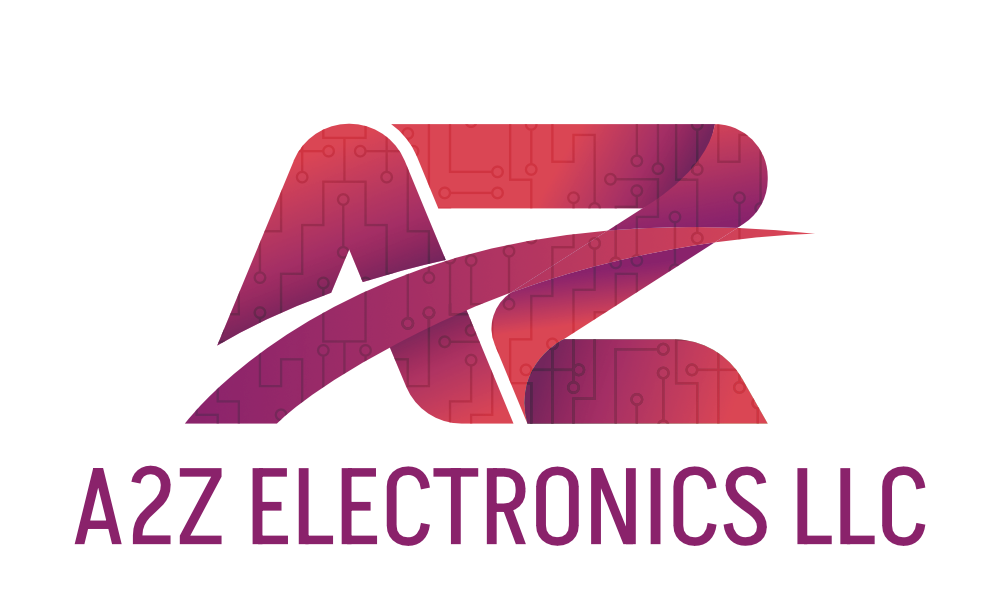Why Medical Devices Demand High-Precision PCB Assembly (ISO 13485 Certified)
- Harshit Shah

- Jul 28
- 4 min read
Updated: Aug 19

In the medical world, accuracy can’t be an afterthought. Devices used in hospitals, clinics, labs—or even worn by patients—must work exactly as designed, every single time. Behind these devices are printed circuit boards that must meet extremely tight tolerances, pass rigorous quality checks, and comply with global safety standards.
It's not just about getting components on a board. It's about building trust in technology that people rely on to monitor vital signs, deliver treatment, or support surgical procedures. And none of this happens without strict adherence to certifications like ISO 13485, which is designed specifically for companies handling medical device assembly.
In this blog, we’ll break down why the medical industry depends so heavily on specialised Printed Circuit Board assembly services, what standards matter most, and how the right partner can make all the difference.
Table of Contents
Why Does The Medical Industry Need High-Precision PCB Assembly Services?
Here are a few reasons why the medical industry must incorporate high-precision PCB assembly services;
Medical Devices Operate Without Room for Error
Devices used in hospitals, clinics, and even in-home care must perform reliably, often in critical moments. There's no tolerance for faulty signals or power inconsistencies in tools that monitor or treat patients.
Precision Supports Patient Safety and Trust
Equipment like infusion pumps, cardiac monitors, and surgical tools rely on precise PCB assembly to maintain stable performance. High-precision builds help prevent failures that could lead to misdiagnosis or delays in care.
Consistency Drives Long-Term Reliability
Unlike consumer electronics, medical devices are built for longevity and must meet consistent performance standards over time. High-precision Medical PCB assembly services make this possible by reducing defects and improving board reliability from batch to batch.
If you are interested in knowing more about PCB Assembly, you can read our blog on
Critical Requirements of PCB Assembly for Medical Devices

The medical field operates under strict expectations, and medical PCB assembly has to meet them without exception. Here’s what’s typically required:
Component Traceability
Every part used must be documented and traceable, ensuring that manufacturers can respond quickly to audits, recalls, or compliance checks.
Consistent Quality Control
Boards are inspected and tested at multiple stages using tools like Automated Optical Inspection (AOI), X-ray analysis, and functional testing.
Compliance with ISO 13485
This globally recognized standard for medical device standards and regulations ensures that the entire process—from design to shipment—is done under a certified quality management system.
Clean Manufacturing Environment
In many cases, especially with implantable or diagnostic devices, circuit board assembly must be done in cleanrooms to minimize contamination.
Detailed Documentation
Accurate records aren’t just helpful—they’re required. Every stage of the medical device assembly process must be logged and reviewable for regulatory purposes
You may also read: PCB Assembly Process Explained : A Step-by-Step Guide
These requirements make it clear that not just any PCB assembly company can support medical projects. It takes experience, certified systems, and deep attention to detail.
Applications of High-Precision PCB Assembly in Medical Devices
You’ll find medical PCBs in a wide range of technologies, each with unique performance requirements and environments. Some common applications are:
Wearable Devices – Heart monitor machines, glucose meters, and health trackers
Diagnostic Equipment – Imaging systems like MRI, CT, and ultrasound machines
Therapy Devices – Infusion pumps, ventilators, and electrotherapy units
Surgical Instruments – Robotics, endoscopy tools, and precision surgical systems
In-Lab Equipment – Blood analyzers and diagnostic lab machines
Each of these uses calls for high precision, stable signal integrity, and durable builds—all qualities that come from a certified PCB assembly company.
You may also read: 10 Steps to Choose the Right PCB Assembly Company for OEM
Advantages of Choosing A2Z Electronics for Medical PCB Assembly Services

At A2Z Electronics LLC, we’re more than just a vendor—we’re a partner in your success. Our team works with medical OEMs across the development cycle to deliver boards that meet both performance expectations and strict compliance standards.
Here’s what sets us apart:
We are ISO 13485 certified, which means we follow documented procedures aligned with international medical ISO standards.
We offer complete quick-turn PCB assembly services, from prototyping to high-volume production.
Our process includes in-depth testing, full traceability, and strict material controls.
We understand the documentation and validation requirements involved in medical device assembly.
Our engineering team provides early-stage support to help you build right the first time.
If you're developing a product that will be used in a clinical setting, you need an electronic manufacturing partner that speaks the same language—quality, precision, and compliance. If you want to know about what advantages you get by hiring EMS company, read our detailed blog on 10 Benefits of Choosing an Electronics Manufacturing Company
Final Thoughts
Building for the medical industry isn’t easy, and it shouldn’t be. When lives depend on your product working properly, every step of production has to be executed with care. High-precision PCB assembly is the backbone of this reliability.
With a team that has years of experience in medical device assembly, A2Z Electronics LLC helps innovators bring safe, effective products to market faster and with confidence. Feel free to talk to our experts and learn how we can help your projects.






